Arp 87:

Arp 87:
NGC 3808A (right) & NGC 3808B (left)
More Posts from Alitheastronomer and Others

09/27/15




Cassini, Jupiter and Saturn
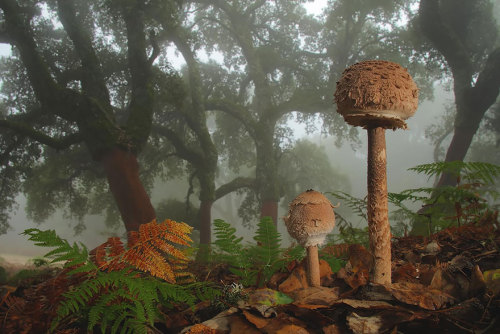
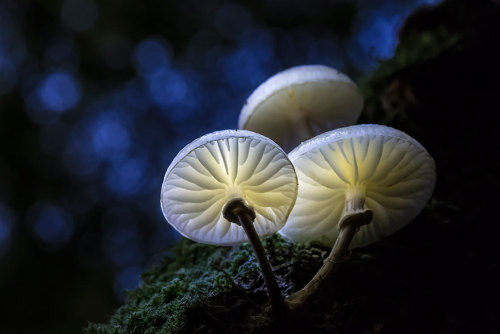
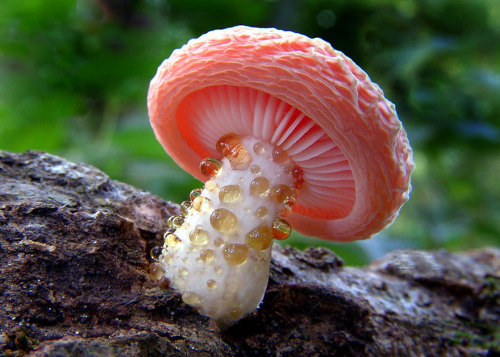
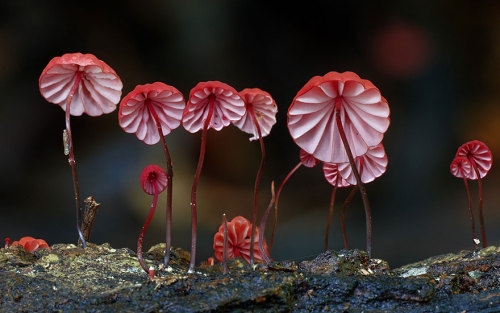
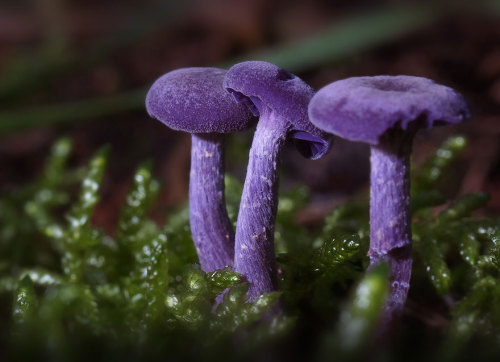
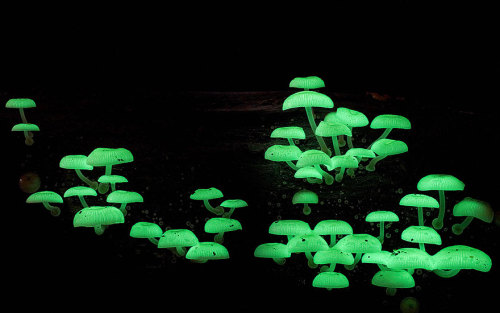
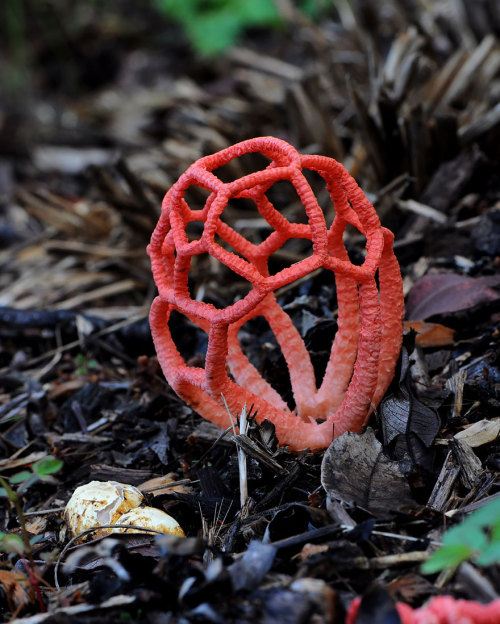
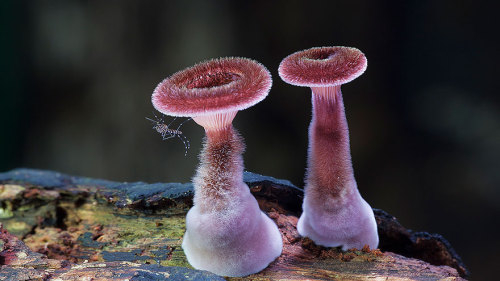
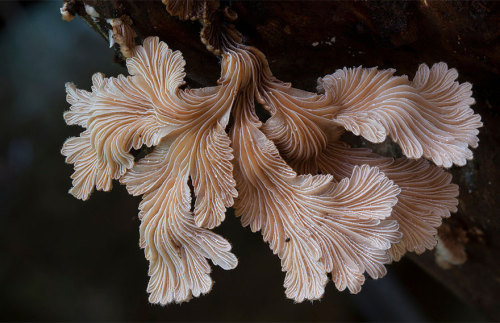
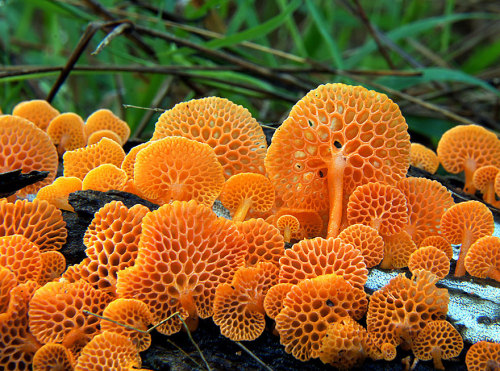
The Mystical World Of Mushrooms Captured In Photos
Most people consider mushrooms to be the small, ugly cousins of the plant kingdom, but theirs is surprisingly beautiful and wonderful world waiting to be explored. These beautiful mushrooms, captured by enthusiastic nature photographers, are a far cry from the ones you find in the woods or your local grocery store.
Most mushrooms, as we know them, are actually just the reproductive structure of the fungus they belong to – their fungal networks expand far further underground, and some fungi don’t even sprout the sort of mushrooms that we’re used to seeing. In fact, depending on your definition of “organism,” the largest living organism in the world is a fungus – there’s a honey mushroom colony in Oregon that occupies about 2,000 acres of land! ( Bored Panda )
More cool space words:
Apastron: the point where two binary stars are farthest apart.
Azimuth: distance of an object in angular.
Bolide: an especially bright meteor, especially one that explodes in the atmosphere (also called fireballs!).
Catena: a chain or series of craters.
Ejecta: material that is strewn about a crater by an impact, usually a meteorite or other similar object.
Ephemeris: a table that lists the positions of the sun, moon, and planets by date.
Heliosphere: the magnetic bubble of space that contains our solar system, solar wind, and the entire solar magnetic field. It is so large it goes beyond pluto's orbit.
Meridian: an imaginary circle that goes through the north and south poles, and the zenith and nadir of a location.
Nadir: the point in the sky directly underneath you.
Nova: when a dying star suddenly flares in brightness. The star becomes thousands of times its original luminosity.
Prominence: an explosion on the surface of the Sun.
Singularity: the impossibly small space in the center of a black hole where density and gravity are infinite, and space-time curves infinitely.
Spicules: a jet of gas ejected from the sun's atmosphere that resembles grass.
Supernova: one of the most powerful forces in the universe. When a star uses up all of its fuel it ends its life in a spectacular and devastating explosion.
Terminator: line on a planetary body that separates the light side from the dark side.
Umbra: the darkest part of a shadow.
Zenith: the point in the sky directly overhead.
Zodiac: an imaginary belt across the sky that the sun, moon, and planets are always in. The zodiac is made up of 12 constellations.
pretty space words
aphelion - the point in the orbit of a planet, asteroid, or comet at which it is farthest from the Sun. astral - relating to or resembling the stars. caldera - a large volcanic crater, especially one formed by a major eruption leading to the collapse of the mouth of the volcano. celestial - positioned in or relating to the sky, or outer space as observed in astronomy. constellation - a group of stars forming a recognizable pattern. cosmos - the universe seen as a well-ordered whole. equinox - the time or date at which the sun crosses the celestial equator, when day and night are of equal length. faculae - bright patches that are visible on the Sun’s surface. lunation - the interval of a complete lunar cycle, between one new Moon and the next. interstellar - occurring or situated between stars. nebula - a cloud of gas and dust in outer space, visible in the night sky either as an indistinct bright patch or as a dark silhouette against other luminous matter. perihelion - the point in the orbit of a planet, asteroid, or comet at which it is closest to the Sun. synodic - relating to or involving the conjunction of stars, planets, or other celestial objects.
Having high def pictures of all of them is so satisfying. Bye bye blurry pictures of Pluto 😁











Striking views of our Solar System
Otherworlds: Visions of our Solar System can be seen at the Natural History Museum, London, from 22 January - 15 May 2016.
All credits on the link above

Jupiters Great Red Spot is likely a sunburn, not a blush. New science from NASAs Cassini Mission to Saturn based on lab and flyby data.
js

NGC 6302: The Butterfly Nebula from Hubble
via APOD

NGC 1398 in Fornax.
Source: https://imgur.com/7dzEl2s
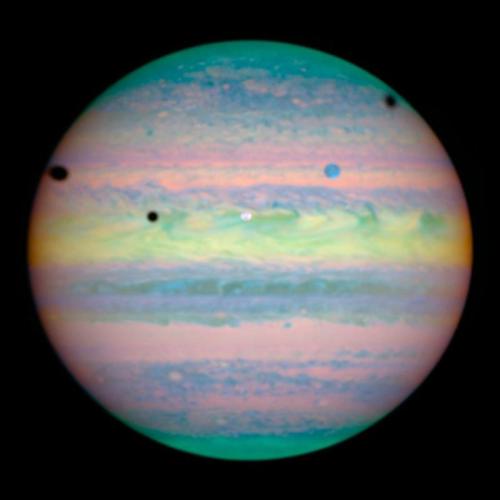
Three moons cast shadows on jupiter, taken by the NASA Hubble space telescope.
via reddit
-
 kalingeula liked this · 2 years ago
kalingeula liked this · 2 years ago -
 is-this-lit liked this · 4 years ago
is-this-lit liked this · 4 years ago -
 polars reblogged this · 5 years ago
polars reblogged this · 5 years ago -
 thynamic liked this · 6 years ago
thynamic liked this · 6 years ago -
 modedukke liked this · 8 years ago
modedukke liked this · 8 years ago -
 neildylandy reblogged this · 8 years ago
neildylandy reblogged this · 8 years ago -
 neildylandy liked this · 8 years ago
neildylandy liked this · 8 years ago -
 andromaedarium reblogged this · 8 years ago
andromaedarium reblogged this · 8 years ago -
 unfastened-belts liked this · 8 years ago
unfastened-belts liked this · 8 years ago -
 otalice reblogged this · 8 years ago
otalice reblogged this · 8 years ago -
 otalice liked this · 8 years ago
otalice liked this · 8 years ago -
 nebulosasgalaxiasyestrellas reblogged this · 8 years ago
nebulosasgalaxiasyestrellas reblogged this · 8 years ago -
 redshift67-blog liked this · 8 years ago
redshift67-blog liked this · 8 years ago -
 dolby-5 reblogged this · 8 years ago
dolby-5 reblogged this · 8 years ago -
 cliqueclogs reblogged this · 8 years ago
cliqueclogs reblogged this · 8 years ago -
 ask-planettale-planet-sans-blog liked this · 8 years ago
ask-planettale-planet-sans-blog liked this · 8 years ago -
 lqmonterey reblogged this · 8 years ago
lqmonterey reblogged this · 8 years ago -
 lqmonterey liked this · 8 years ago
lqmonterey liked this · 8 years ago -
 jsastronomy reblogged this · 8 years ago
jsastronomy reblogged this · 8 years ago -
 decadentreviewcollector-blog liked this · 8 years ago
decadentreviewcollector-blog liked this · 8 years ago -
 westerndog liked this · 8 years ago
westerndog liked this · 8 years ago -
 charprntier-blog liked this · 8 years ago
charprntier-blog liked this · 8 years ago -
 the-cat-from-outer-space-blog liked this · 8 years ago
the-cat-from-outer-space-blog liked this · 8 years ago -
 t-a2 reblogged this · 8 years ago
t-a2 reblogged this · 8 years ago -
 t-a2 liked this · 8 years ago
t-a2 liked this · 8 years ago -
 rosedelaluneart liked this · 8 years ago
rosedelaluneart liked this · 8 years ago -
 baddsokk-blog liked this · 9 years ago
baddsokk-blog liked this · 9 years ago -
 000000000000001735279 liked this · 9 years ago
000000000000001735279 liked this · 9 years ago -
 a-liminal-life liked this · 9 years ago
a-liminal-life liked this · 9 years ago -
 amiiam22fuk liked this · 9 years ago
amiiam22fuk liked this · 9 years ago -
 jlt1962-blog liked this · 9 years ago
jlt1962-blog liked this · 9 years ago -
 petalveins liked this · 9 years ago
petalveins liked this · 9 years ago -
 m-e-m-e-n-t-0-m-o-r-i liked this · 9 years ago
m-e-m-e-n-t-0-m-o-r-i liked this · 9 years ago